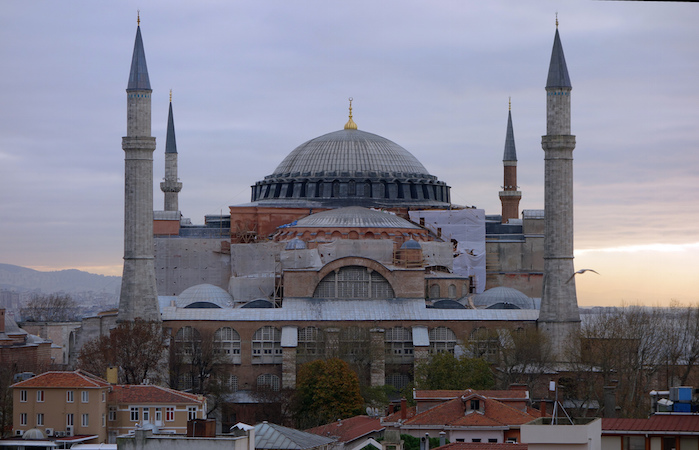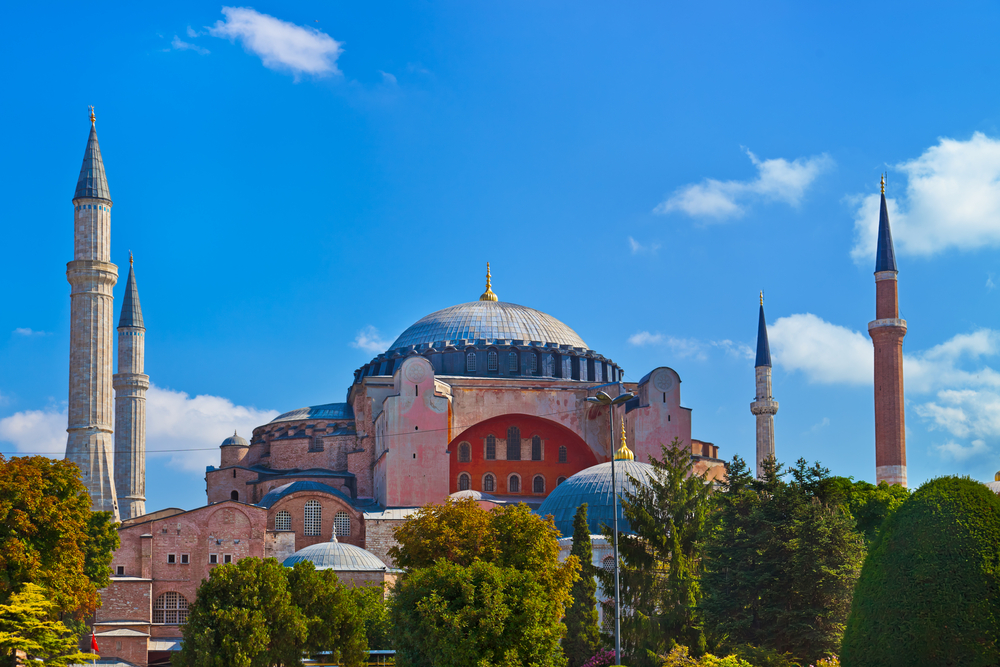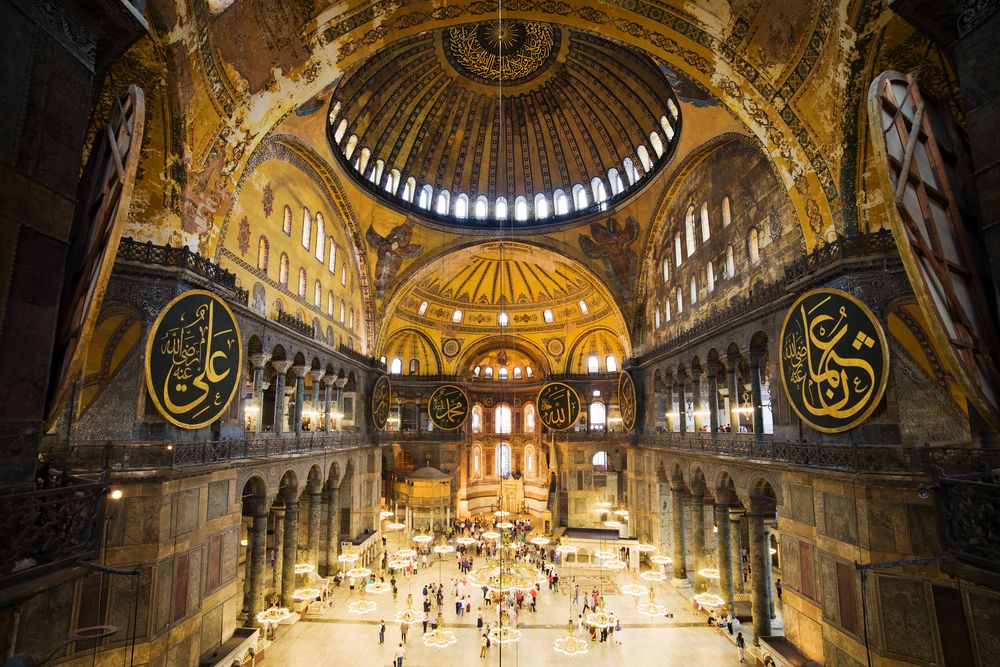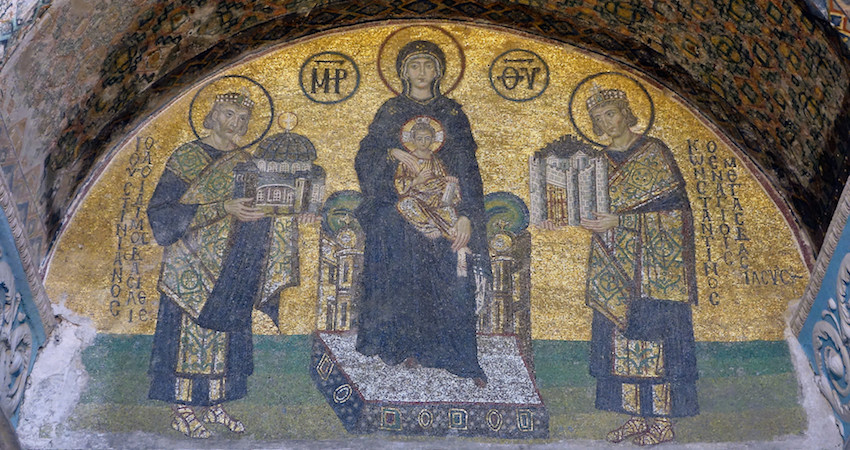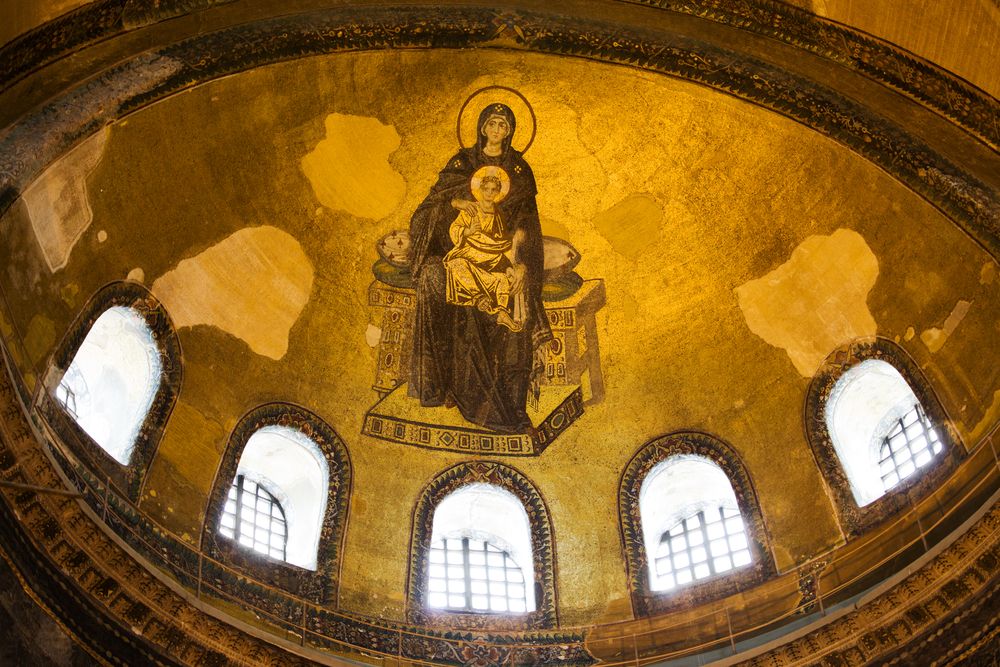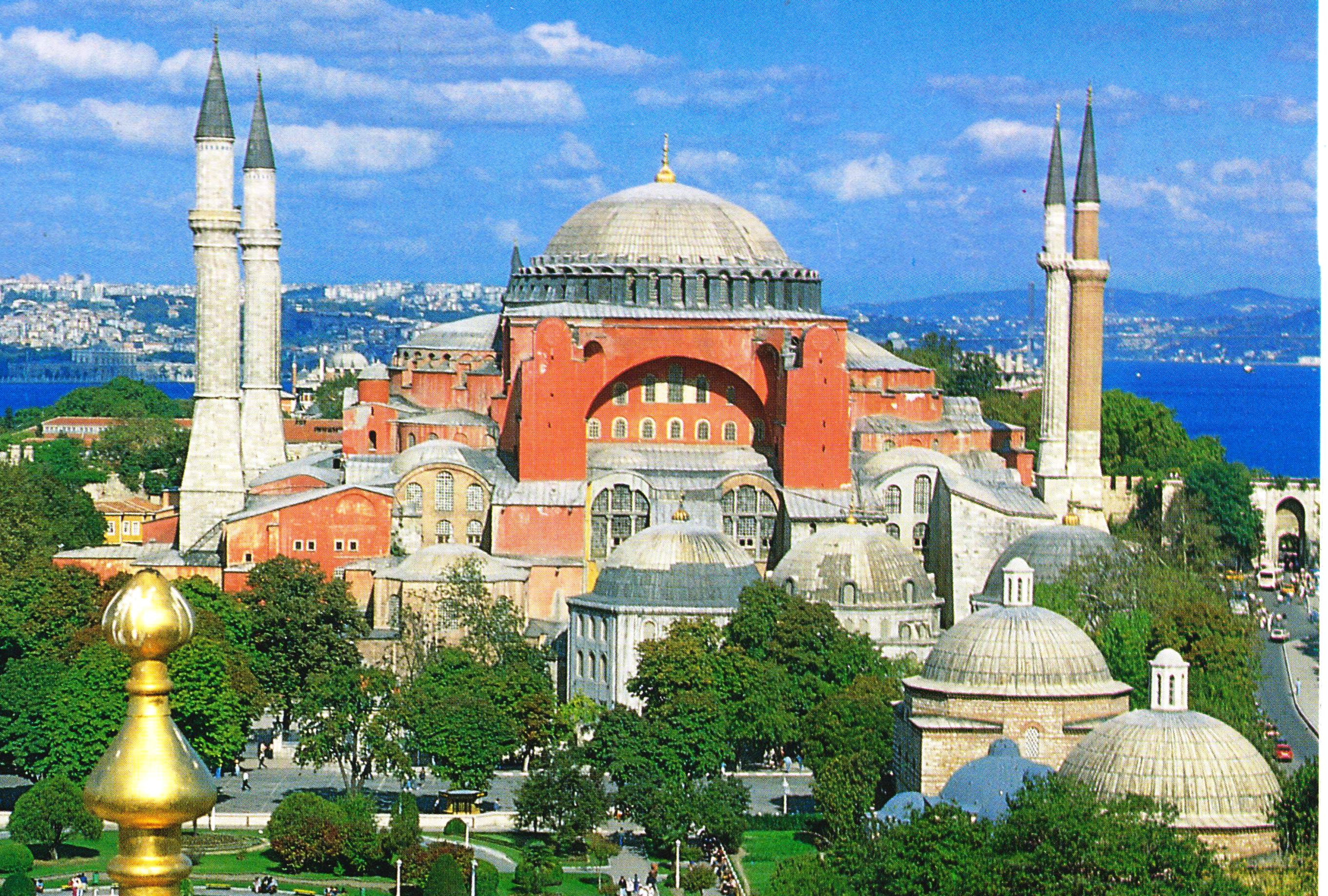Church Of Hagia Sophia Definition

Eastern christian culture reached its golden age during the high point of the byzantine.
Church of hagia sophia definition. Forty days later justinian began the construction of a new church. He wanted the new church to be built on a grand scale a church no one would dare destroy. Hagia sophia in istanbul constructed 532 537 ce continues to be revered as one of the most important structures in the world. No expense was to be spared.
Afterward many of its most outstanding monuments one of which was the hagia sophia were constructed during the city s rebuilding and constantinople became the center of the greek orthodox church. Hagia sophia is a religious building in istanbul turkey considered to be one of the most relevant monuments of architecture from the eastern roman empire also known as byzantine architecture. Learn about the christology of monophysitism and the history of the belief system. In 815 the revival of iconoclasm was rendered official by a synod held in the hagia sophia.
Leo was succeeded by michael ii who in an 824 letter to the carolingian emperor louis the pious lamented the appearance of image veneration in the church and such practices as making icons baptismal godfathers to infants. He confirmed the decrees of the. Eastern orthodoxy one of the three major doctrinal and jurisdictional groups of christianity. It is characterized by its continuity with the apostolic church its liturgy and its territorial churches.
He brought in gold from egypt porphyry from ephesus white marble from greece and precious stones from syria and north africa. A new hagia sophia. Hagia sophia greek ἁγία σοφία for holy wisdom was designed to be the major basilica of the byzantine empire and held the record for the largest dome in the world until the duomo was built in florence in the 15th century ce. Monophysite in christianity one who believed that jesus christ s nature remains altogether divine and not human even though he has taken on an earthly and human body with its cycle of birth life and death.
The latin empire 1204 1261.



